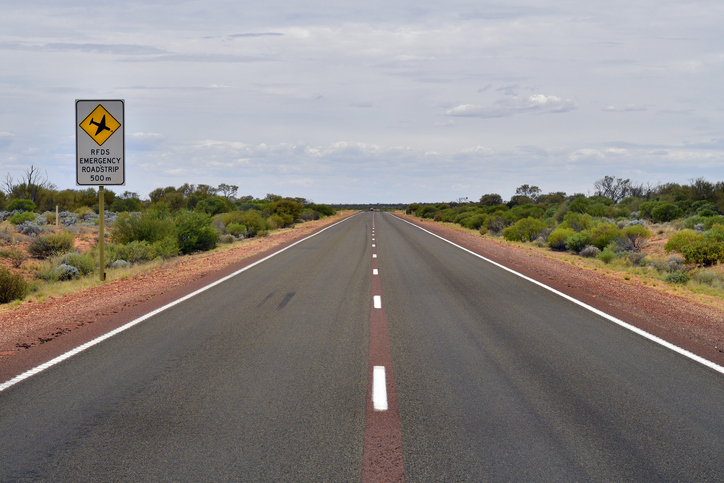The Best for Bush: Rural and Remote Health Baseline 2023 released by Royal Flying Doctor Service (RFDS) today, shows alarming health disparities between the 30 per cent of Australian population living in rural, regional and remote areas and thoose living in cities, which aligns with the National Rural Health Alliance’s (the Alliance) call for geographical health equity.
“The Best for the Bush report demonstrates the massive health underspend in rural areas that contributes to a heavy burden of disease and shorter life expectancy. Most of these diseases are preventable with better access to primary health care,” said the Alliance Chief Executive Susi Tegen.
The report refers to the Alliance’s Evidence base for additional investment in rural health in Australia (Nous report) which shows that rural Australians are missing out on $6.55 billion ($850 per person) each year in health care.
“The government needs to step up in its funding for rural health in a sustainable and flexible manner, without having ad hoc projects on the ground that only become band-aids.
“We stand with the RFDS in its recommendations for expanded health funding that would help remove barriers to healthcare access. It’s important to agree on a definition for ‘reasonable access’ to health care. The Alliance and others are working to develop minimum standards for healthcare access and we’re keen on taking this project forward with the government.
“We propose the Primary care Rural Integrated Multidisciplinary Health Services (PRIM-HS) model, which addresses the complexities in rural and remote community health service delivery, as each rural community has different health needs. The PRIM-HS model should be one of the targeted plans for rural and remote healthcare, as the Best for the Bush report recommends, ensuring local planning and leadership in healthcare delivery.”
The Alliance also calls for a National Rural Health Strategy that aligns with the RFDS recommendation for a National Compact on Rural and Remote Health. This would be a transparent agreement to bring rural healthcare delivery under one umbrella and oversee the implementation and funding of a sustainable plan to improve health outcomes for rural, regional and remote Australia. We see great benefit in the Australian and state/territory governments being collaborative and equitable in how they are investing in rural and remote health.
“The Best for the Bush report is evidence that we need to set benchmarks and measure these annually so that we are accountable to rural communities for funding and to ensure that our policymakers are reminded of the dire state rural communities are in concerning healthcare accessibility. We are yet to see rural Australians enjoying the same health benefits as their city counterparts. The Best for the Bush report provides further evidence for the government to implement, not only the recommendations of the RFDS but also the many recommendations made through their own reform and reviews of the healthcare workforce, health access and flexible funding for rural and remote communities,” Ms Tegen concluded.







